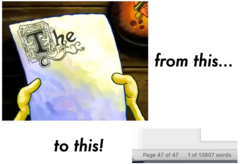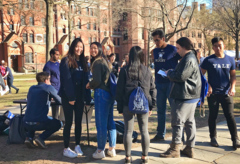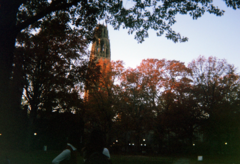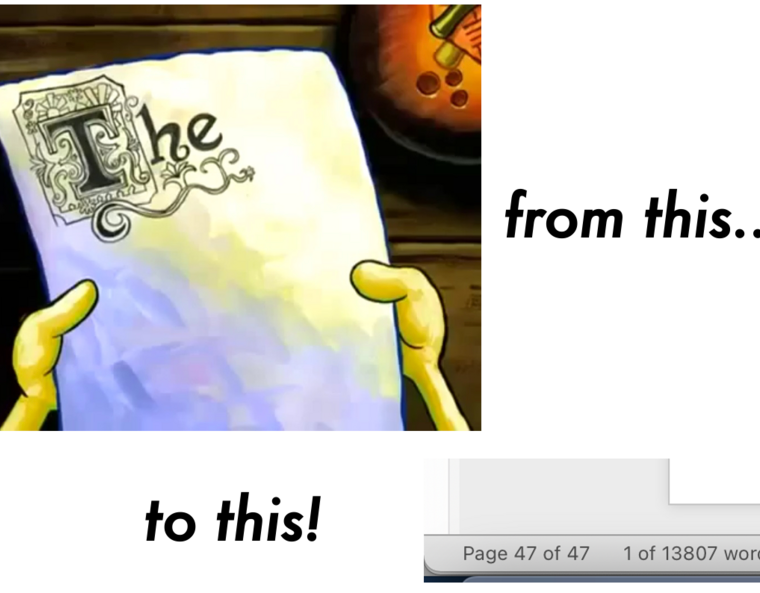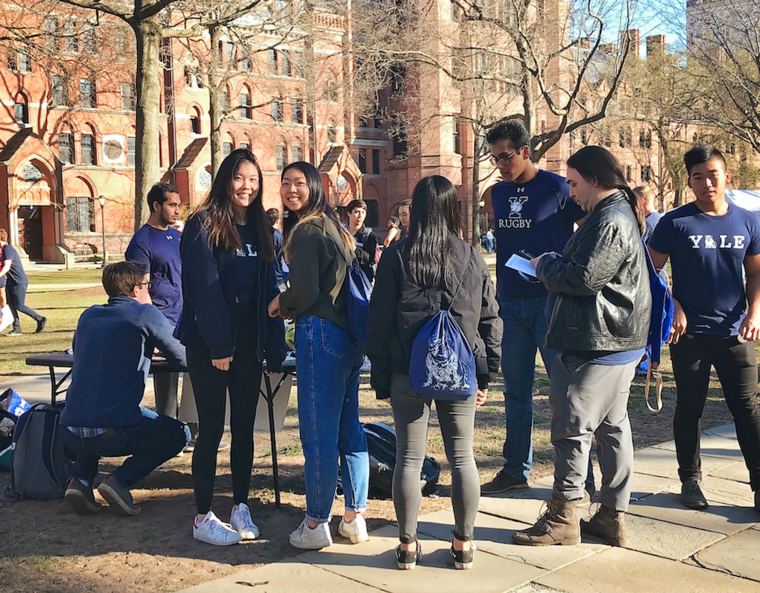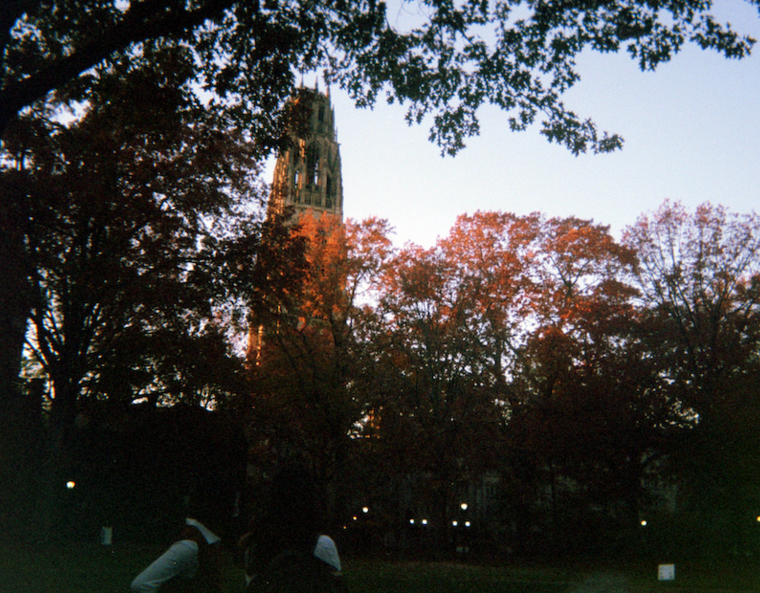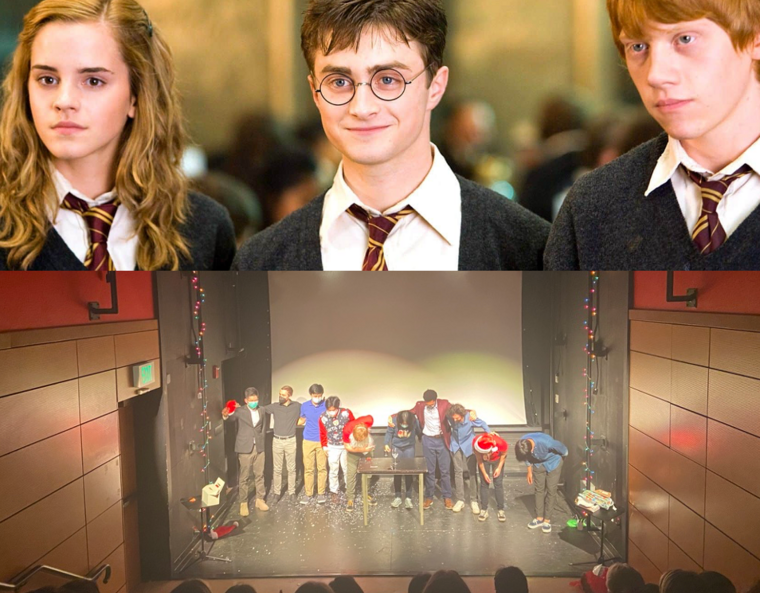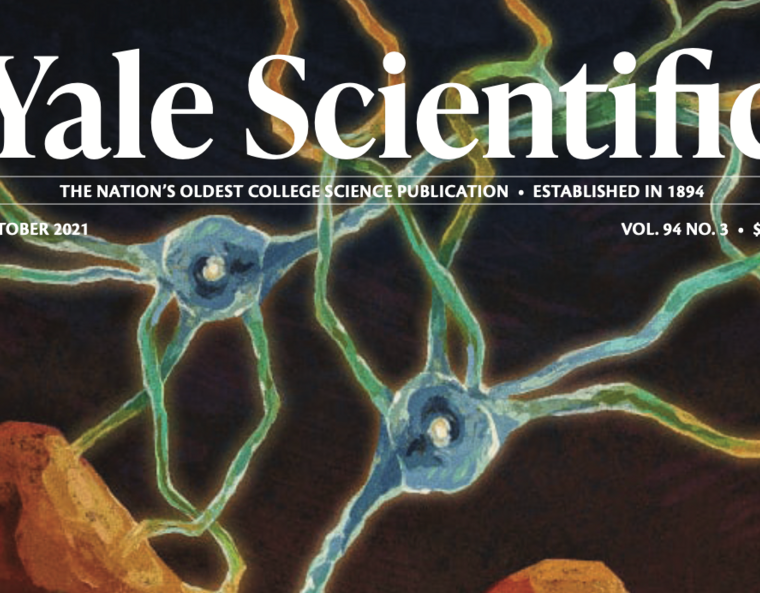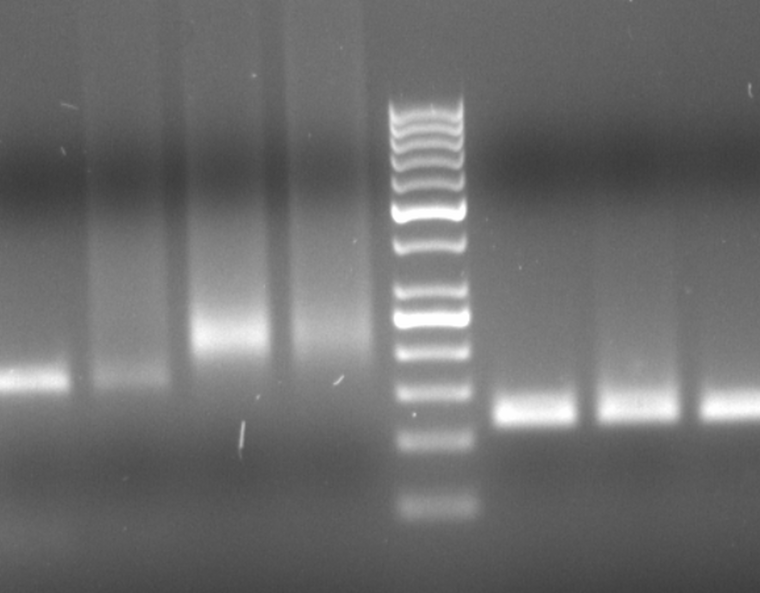
Remember how, in my first post in this Senior Project Diaries series, I said that I was “only taking 2 classes” this semester?
I mostly wrote that line as a click-baity hook to get you to read the article. I knew that my two theses (one in Molecular, Cellular, and Developmental Biology (MCDB) and one in History of Science and Medicine (HSHM)) would take a substantial amount of time. But a part of me also thought that this semester would still be easier than most—the thesis “classes,” after all, don’t have homework or tests or required lectures. I thought my schedule would be wide open, my days breezy as I pursued independent research on two topics I’m really interested in.
Long story short, I was wrong. But I’m having a good time!
Let’s tackle MCDB first. (I’ll tackle HSHM in my next post.)
Aside from an initial project description at the beginning of the semester and a grant proposal at the end of the semester, the fall MCDB thesis class has no required assignments. Instead, I’ve spent hours at the lab I work at, tackling an independent project investigating RNA modifications.
Every Monday, Tuesday, and Thursday, as well as on some Wednesdays and Fridays when I squeeze time between classes, I walk 20 minutes to the Anlyan Center, which is on the medical school campus. On Mondays, I attend weekly lab meetings, where I hear about everyone’s current research and present on my own progress.
Tuesdays and Thursdays are where it gets real: I get to lab in the morning and stay until the afternoon or evening, running my experiments and puzzling over data.
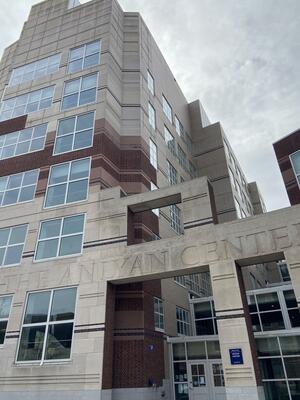
The Anlyan Center, one of many research buildings on campus.
Here’s a sample schedule of a busy day, where I’m preparing my RNA samples for mass spectrometry, a way of analyzing their composition. I’ve run through this protocol many times throughout the semester.
Around 10:00 AM: Arrive at lab, set my stuff down, say hi to everyone else, and get started.
10:00 AM - 10:30 AM: Prepare all my reactions. This involves pipetting a bunch of reagents (the RNA, buffers, and the enzyme that digests the RNA to help get it in a usable form for mass spec) into individual tubes for each of my samples. The tricky thing here is that I work with clear liquids in tiny volumes on the microliter scale–that’s 1/1000th of a milliliter. I’ve learned first-hand that it’s essential to maintain intense focus; otherwise, I can look forward to a tiny moment of panic when I lose track of which reagents have been added to which tubes.
10:30 AM-12:30 PM: Let my reaction run. In my downtime, I sit at my desk in the lab to update my lab notebook (good record keeping is essential) and do school work for my other classes. Later, I grab a bite for lunch (typically something I bring from home, though the med school is also famous for the many food trucks that set up around lunchtime, serving everything from arepas to Chinese dumplings to salads).
12:30 PM -1:00 PM: Reaction complete! I set up another reaction with a new enzyme, the second step in the sequence to prepare the RNA for mass spec.
1:00 PM-3:00 PM: Let the reaction run again. Sometimes during this period, I run shorter experiments on the side, like a gel electrophoresis or TapeStation, another way of analyzing RNA. Sometimes, if the results from this are particularly puzzling, I’ll ask another lab member for their insight.
3:00 PM-4:00 PM: Purify my sample using a syringe filter. This part gives me another type of panic: one mistake and my entire sample, the result of multiple days’ experimentation, could be lost. Unfortunately, this has happened before; once, for example, I didn’t attach the filter tip correctly and all my sample splashed out. I’m still not over it.
4:00 PM-4:30 PM: Last step! I hook my samples up to the lyophilizer, which freeze-dries the sample overnight. Full disclosure: I hate the lyophilizer. It uses a vacuum, meaning it makes this scary loud sound when it’s running, giving me this fear that it’ll explode at any minute. Alas, I’ve formed a fragile partnership with it, having used it so much over the semester.
4:30: Time to head home! Sometimes I treat myself with a smoothie bowl from SoBol, which is next to the Anlyan Center, or a coffee from Blue State or Starbucks.
Of course, this is just one day. My exact schedule varies a lot, depending on the experiments I’m running.
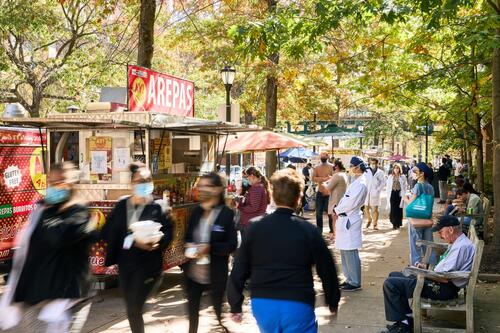
The medical school is famous for its food carts!
What’s challenging, but also exciting, about my senior research project is that it’s largely independent. Of course, there are many people I can consult for help—troubleshooting experiments, finding reagents, getting tutorials for new equipment or procedures. I always talk through bigger picture results and their implications for my research with my thesis advisor, the professor who heads our lab. But ultimately, I’m leading everything. It’s my responsibility to answer a distinct research question that fits within the larger goals of our lab, and on a day-to-day basis, I determine what experimental steps I’ll take towards answering that question.
It’s a lot of responsibility, a lot of time, and ultimately, quite draining. Even when I’m not in lab, I spend a significant amount of time at home on my research—writing up protocols, reading up on literature—just to make sure I know what I’m doing. And as I’ve learned throughout my years in the lab, most of research is setbacks: experiments not going as expected, reagents not coming when you need them.
I’m hopefully optimistic that I’ll get some interesting results by spring semester when my final write-up is due, but even now, when I don’t know what the future holds, I’ve still found the process rewarding. I love being able to claim ownership over my project. And after a long day in lab when my experiments run cleanly, it’s super satisfying to walk home knowing that I took a meaningful step forward.

